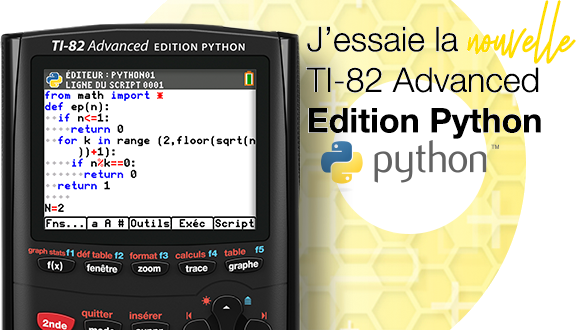Experiment 7
DownloadTélécharger
Actions
Vote :
ScreenshotAperçu

Informations
Catégorie :Category: nCreator TI-Nspire
Auteur Author: efischbacher
Type : Classeur 3.0.1
Page(s) : 1
Taille Size: 1.74 Ko KB
Mis en ligne Uploaded: 29/04/2025 - 17:41:01
Uploadeur Uploader: efischbacher (Profil)
Téléchargements Downloads: 1
Visibilité Visibility: Archive publique
Shortlink : http://ti-pla.net/a4610597
Type : Classeur 3.0.1
Page(s) : 1
Taille Size: 1.74 Ko KB
Mis en ligne Uploaded: 29/04/2025 - 17:41:01
Uploadeur Uploader: efischbacher (Profil)
Téléchargements Downloads: 1
Visibilité Visibility: Archive publique
Shortlink : http://ti-pla.net/a4610597
Description
Fichier Nspire généré sur TI-Planet.org.
Compatible OS 3.0 et ultérieurs.
<<
Experiment 7: Waves and Sound Wave Types Based on Particle Motion and Wave Direction: 1. Longitudinal Waves: - Particle motion and the wavevelocity are parallel to each other. - Sound is a longitudinal wave. 2. Transverse Waves: - Particle motion is perpendicular tothe direction of the wave velocity. - Light is an example of a transversewave. Wave Characteristics: - Wavelength (»): The distance of one complete wave. - Amplitude: The maximum displacement of any part of the wave from itsequilibrium position. - The energy transmitted by the wave isdirectly proportional to the amplitude squared. - Frequency (f): The number of oscillations or cycles that occur during a giventime (1 second). - Unit: Hertz (Hz), where 1 Hz = 1cycle per second. - Period (T): The time it takes for a wave to travel a distance of onewavelength. - Frequency and period are inverselyproportional. Wave Speed: - Since speed = distance/time, then: - v = » / T or v = » f - v = wave speed (m/s) - » = wavelength (m) - T = period of wave (s) - f = frequency (Hz) Made with nCreator - tiplanet.org
>>
Compatible OS 3.0 et ultérieurs.
<<
Experiment 7: Waves and Sound Wave Types Based on Particle Motion and Wave Direction: 1. Longitudinal Waves: - Particle motion and the wavevelocity are parallel to each other. - Sound is a longitudinal wave. 2. Transverse Waves: - Particle motion is perpendicular tothe direction of the wave velocity. - Light is an example of a transversewave. Wave Characteristics: - Wavelength (»): The distance of one complete wave. - Amplitude: The maximum displacement of any part of the wave from itsequilibrium position. - The energy transmitted by the wave isdirectly proportional to the amplitude squared. - Frequency (f): The number of oscillations or cycles that occur during a giventime (1 second). - Unit: Hertz (Hz), where 1 Hz = 1cycle per second. - Period (T): The time it takes for a wave to travel a distance of onewavelength. - Frequency and period are inverselyproportional. Wave Speed: - Since speed = distance/time, then: - v = » / T or v = » f - v = wave speed (m/s) - » = wavelength (m) - T = period of wave (s) - f = frequency (Hz) Made with nCreator - tiplanet.org
>>












